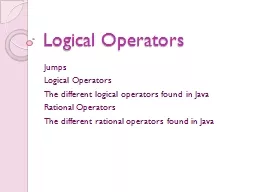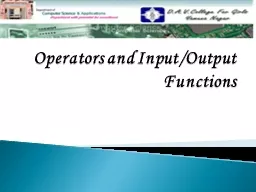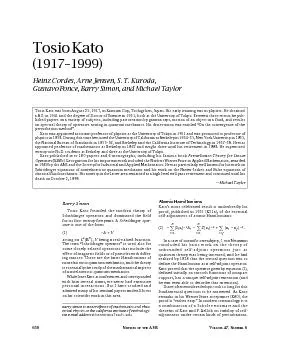PPT-Few More Math Operators Just a couple of more …
Author : faustina-dinatale | Published Date : 2018-12-24
Practice the Metro Card Write a program that asks the value of their current Metro Card If each ride costs 375 compute The number of rides they have left The
Presentation Embed Code
Download Presentation
Download Presentation The PPT/PDF document "Few More Math Operators Just a couple of..." is the property of its rightful owner. Permission is granted to download and print the materials on this website for personal, non-commercial use only, and to display it on your personal computer provided you do not modify the materials and that you retain all copyright notices contained in the materials. By downloading content from our website, you accept the terms of this agreement.
Few More Math Operators Just a couple of more …: Transcript
Download Rules Of Document
"Few More Math Operators Just a couple of more …"The content belongs to its owner. You may download and print it for personal use, without modification, and keep all copyright notices. By downloading, you agree to these terms.
Related Documents














